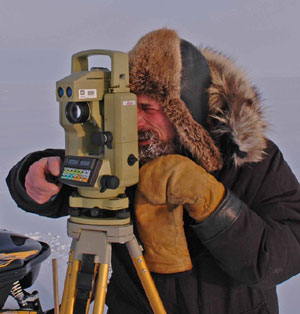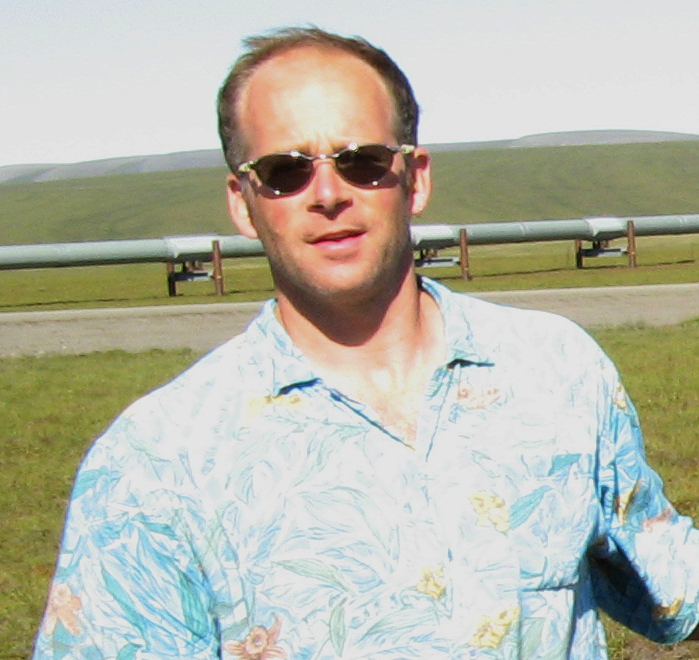Atmospheric mercury enters the arctic ecosystem through a set of complex atmospheric chemical reactions that require sea ice and leads to provide reactive bromine, low ambient temperatures, and enough sunlight for photolysis. As a consequence, virtually all atmospheric mercury entering the arctic ecosystem is initially deposited in the snow pack, both on land and at sea. Up to one third of this initial deposit is re-emitted to the atmosphere before the snow melts, but the remainder ends up in snow melt run-off. The fate of this water-borne mercury is uncertain and undoubtedly different on land vs. sea ice. Two key unanswered questions are: How much of the elemental mercury initially deposited is converted to toxic methylmercury, and where does this methylmercury ultimately come to rest? Since cryospheric processes related to snow and ice in large measure determine the answers to these questions, this project sets out to study these processes. The processes studied straddle the Arctic Coast, have pan-Arctic significance, and have a direct impact on human and ecosystem health.
The project has experimental and synthesis components. Along a transect from the Chukchi Sea inland to Barrow and Atqasuk, measurements will be taken of reactive bromine and mercury loading in the snow pack. Detailed observations will be made during mercury depletion events and during the snowmelt, comparing and contrasting the fate of mercury on land with that at sea. Post snowmelt samples from tundra, lakes, ice, and terrestrial and marine sediments will be analyzed and used to determine where and how much of the deposited mercury is converted to methyl mercury. Manipulation experiments will be used to better understand how mercury is entrained in the snow pack, and how it is released during the snowmelt. By understanding and modeling the arctic mercury system, the group will assess how the impact of mercury pollution on human and biological systems is likely to be affected by the unprecedented changes in sea ice and snow conditions taking place in the Arctic today.
Project Location
Journal Publications
Sherman, L.S., Blum, J.D., Johnson, K.P., Keeler, G.P., Barres, J.A., and T.A. Douglas, "Mass-independent fractionation of mercury isotopes during atmospheric mercury depletion events", Nature Geoscience (2010): doi: 10.1038/NGEO758, 5 pages.
Dates
-Members
Lead Principal Investigator

Principal Investigator

Principal Investigator

Principal Investigator

Principal Investigator

Principal Investigator
Principal Investigator

